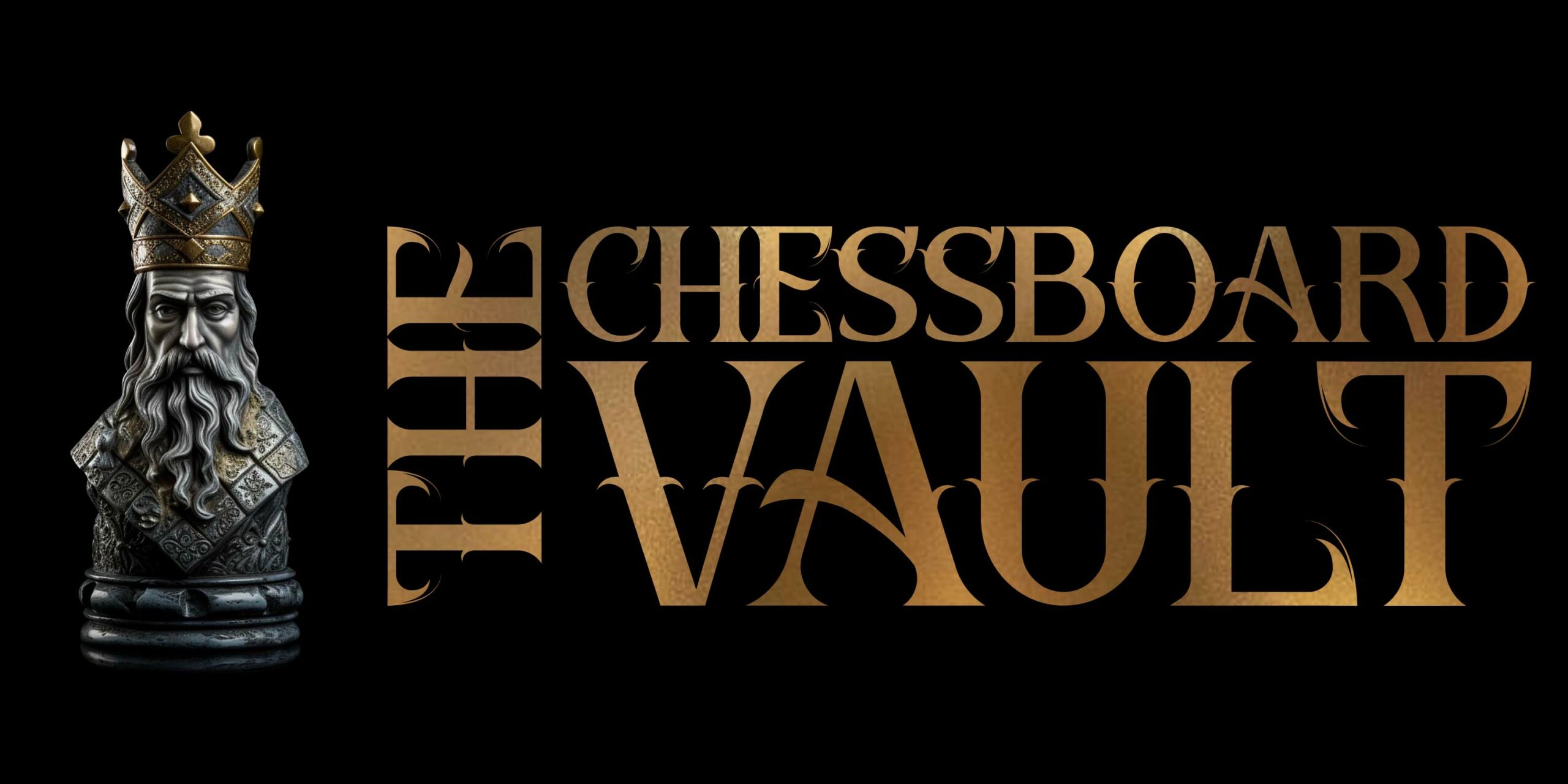The world of chess, an ever-evolving battleground of intellect, boasts a myriad of strategies and tactics to surprise opponents and claim victory. One of these weapons, steeped in history and often overlooked in favor of more popular openings, is the Petrov Defense, or as some may call it, the Russian Defense. But what exactly is the Petrov Opening, and why should budding chess enthusiasts consider incorporating it into their repertoire?
Originating in the 19th century, the Petrov Defense emerges after the moves 1.e4 e5 2.Nf3 Nf6, showcasing a unique symmetrical position. Instead of mimicking the traditional 2…Nc6, which guards the e5 pawn indirectly, the Petrov Defense directly counters White’s e4 pawn. The central idea is that Black immediately challenges White’s central pawn and knight, leading to a symmetrical pawn structure that can offer solid, if somewhat passive, play for Black.
This opening became synonymous with the Russian master Alexander Petrov, who contributed significantly to its early theory. Over the years, the Petrov has been a favorite amongst several world champions, including Anatoly Karpov and Vladimir Kramnik. It is an excellent choice for players who appreciate solid positional play and deep strategic planning over the tactical melee of many other e4 e5 openings.
In the modern era, with aggressive and tactical openings taking center stage, the Petrov Opening stands as a testament to the enduring appeal of classical, solid chess principles. It’s an opening that offers both safety and opportunities for the adept player to outmaneuver their opponent. Whether you’re a novice just starting out or a seasoned player looking for a change, diving into the Petrov can add a refreshing layer of strategy to your games.
Historical Background
The Petrov Defense, also known as the Russian Defense, finds its roots in the early days of documented chess theory. Named in honor of the Russian chess player Alexander Petrov (1794–1867), this opening stands as a testament to his contributions to the game. Petrov was a chess pioneer, and his writings, particularly his 1824 book, “A Treatise on the Game of Chess,” remain an essential part of the game’s literary foundation.
During the 19th century, as chess evolved from being a leisure pastime to a competitive endeavor, many players sought aggressive and gambit-oriented openings. Amid this storm of tactical melees, the Petrov emerged as a calm, principled response to 1.e4, emphasizing central control and symmetrical development. Instead of allowing White to dictate the terms of battle as was often customary, the Petrov offered Black a chance to immediately challenge White’s central pawn, signaling that the fight for equality began from the very first moves.
The opening gradually gained traction and was employed by several leading players of that era. However, it wasn’t until the 20th century that the Petrov truly blossomed, seeing adoption in World Championship matches and high-level tournaments. Notably, in the mid-20th century, it was a weapon in the arsenal of former World Chess Champion Anatoly Karpov, who showcased its resilience and strategic depth at the pinnacle of chess competition.
Over the years, the Petrov has seen cycles of popularity and decline. Yet, its foundational principles, steeped in historical significance and echoing the strategic legacy of its namesake, have ensured its enduring presence in the annals of chess history.
Basic Concepts and Moves
The Petrov Defense, a time-honored response to 1.e4, begins when Black mimics White’s development with 1…e5. As White aims to attack the central pawn with 2.Nf3, Black offers a mirror response with 2…Nf6. At its heart, the Petrov is symmetrical, but its depth emerges as this symmetry is broken.
One of the primary variations is the Classical (or Steinitz) Attack, which starts with 3.Nxe5. Here, Black can strike back with 3…d6, forcing the white knight to retreat. When White goes 4.Nf3, Black captures the central pawn with 4…Nxe4, initiating an exciting imbalance.
Another intriguing option for White is the Nimzowitsch Attack with 3.d4. This move supports the central pawn and when Black captures with 3…Nxe4, White can continue with 4.Bd3, targeting the advanced knight and preparing to regain the pawn under favorable circumstances.
A more modern approach is the aptly named Modern Attack, which follows 3.Nxe5 d6 4.Nf3 Nxe4 5.Nc3. Here, White develops another piece and puts pressure on Black’s centralized knight.
For the audacious, the Cochrane Gambit with 3.Nxe5 d6 4.Nxf7 beckons. Sacrificing a knight, White aims for a rapid initiative against the black king.
At its core, the Petrov focuses on central control. The opening’s symmetrical nature often leads to equalizing positions, but hidden within are nuances and tactics that can tilt the balance. Both sides aim to maximize their pieces’ activity while carefully navigating the battleground that the center becomes.
Understanding these basic moves and concepts gives players a solid foundation, but as with all chess openings, the true essence of the Petrov emerges with deeper exploration and play.
Notable Games
he Petrov Defense has been a battleground for numerous memorable chess encounters. Let’s delve into a few games that stand out, illuminating the depth and dynamism of this historic opening.
- Karpov vs. Korchnoi, World Championship 1978: In one of the most politically charged matches, the Petrov featured prominently. In their 17th game, Karpov, playing White, began with 1.e4 e5 2.Nf3 Nf6. The game progressed into a Classical Attack and exhibited both players’ deep understanding of the middle-game intricacies. Karpov’s precise play led him to victory, showcasing the strategic potential of the opening from the white side.
- Caruana vs. Karjakin, Norway Chess 2017: Fabiano Caruana and Sergey Karjakin, two modern proponents of the Petrov, faced off in a thrilling encounter. Starting with the standard 1.e4 e5 2.Nf3 Nf6, the game veered into the lesser-trodden paths of the Modern Attack. Karjakin’s expertise in the Petrov shone through, as he deftly navigated the complexities to secure a draw.
- Anand vs. Kramnik, World Championship 2008: Vladimir Kramnik, a steadfast devotee of the Petrov, wielded it against Viswanathan Anand in their title bout. The game initiated with the typical moves but soon branched into a subtle, positional battle typical of the Nimzowitsch Attack. While the game concluded in a draw, it underscored the Petrov’s viability even at the highest echelons of chess.
These notable games offer just a glimpse of the Petrov Defense’s rich tapestry in chess history. From World Championship matches to elite tournaments, it remains a symbol of strategic depth and resilience. Exploring these games further can provide budding chess enthusiasts a roadmap to understanding the subtle nuances and beauty embedded within the Petrov.
Recommended Resources
Diving deep into the Petrov Defense requires guidance from established sources that have analyzed its intricacies. Here’s a curated list of resources that can provide players, from novices to advanced, with insights and strategies to employ this opening effectively:
- Books:
- “Petrov Defense” by Artur Yusupov: This classic offers a comprehensive look at the opening’s various lines, including the 1.e4 e5 2.Nf3 Nf6 sequence. Yusupov, a renowned grandmaster, provides detailed analysis and strategic concepts, making it indispensable for any Petrov aficionado.
- “Opening Repertoire: The Petrov Defense” by Konstantin Sakaev: A more modern take, this book presents a repertoire for Black, focusing on creating imbalances and understanding typical middle-game themes.
- Online Courses:
- Chess.com’s Petrov Defense Course: This interactive platform offers videos, puzzles, and analysis on the Petrov. It’s a beginner-friendly resource with visual aids that make understanding the key moves and strategies straightforward.
- The Internet Chess Club (ICC) Petrov Defense Series: Renowned players and coaches delve into deep analysis, focusing on both mainlines and side variations, allowing for comprehensive understanding.
- Video Series:
- “The Reliable Petrov” by GM Ronen Har-Zvi: Available on iChess.net, Har-Zvi provides insights into the intricacies of the Petrov, helping players navigate through its complexities.
- Software & Apps:
- ChessBase: With its vast database, players can explore countless games played in the Petrov, analyze key positions, and even receive recommendations for improvement. The software also allows users to practice against engines set to play the Petrov.
- Stockfish and Lichess: Using these tools, players can analyze their games, explore the opening tree of the Petrov, and get feedback on their play.

